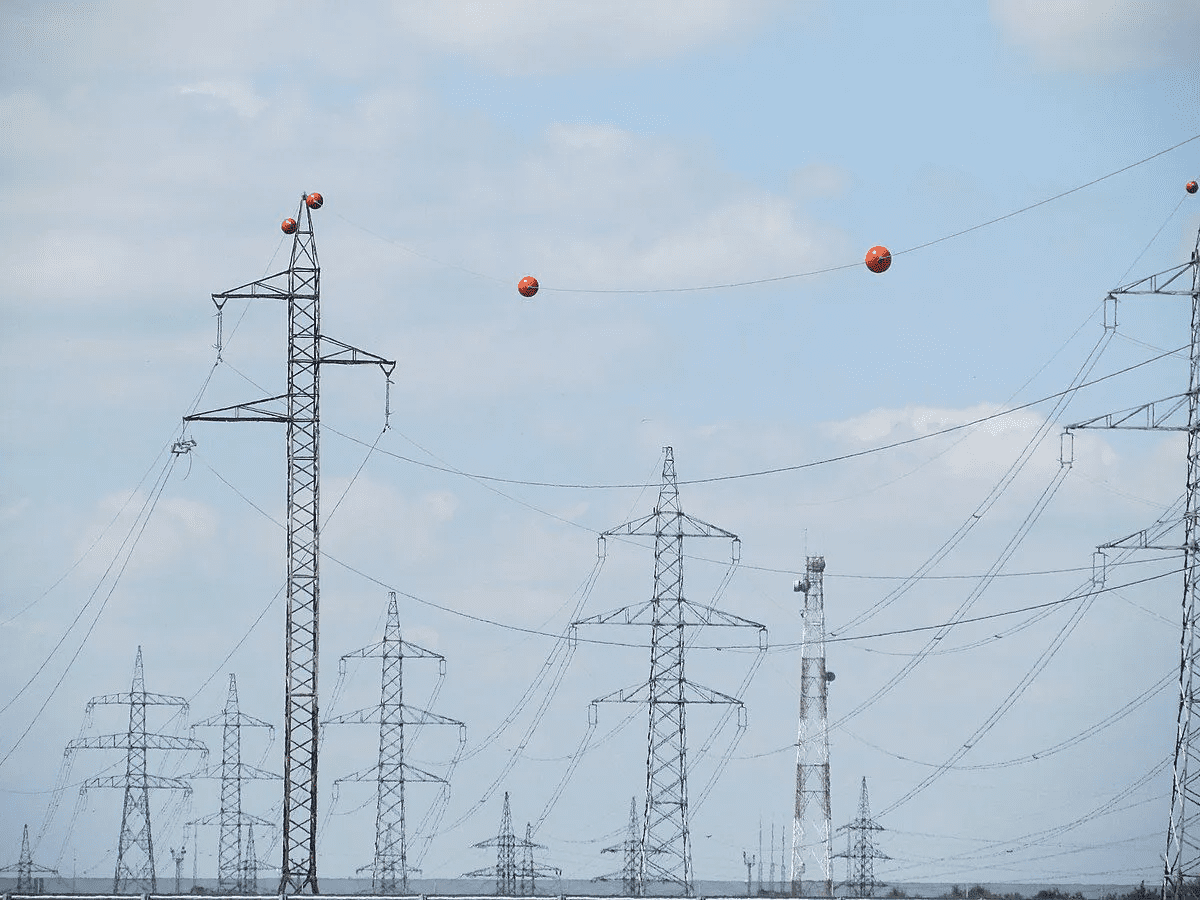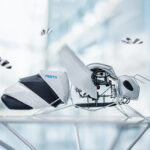Many have pondered interesting facts, such as the purpose of the balls on power lines while driving. The colorful balls on power lines serve as visibility markers for pilots to avoid crashing into power lines.
The FAA requires these mandatory spherical visibility markers to be placed on power lines in certain places where there’s a higher chances lower altitude aircraft not spotting the power lines. These balls are either called marker balls, aerial marker balls, or visibility markers.
The FAA mandates that the balls on power lines be placed on power wires that cross canyons, lakes, and rivers, as well as those around airports. The most common colors for marker balls are aviation orange, white, and yellow, as the FAA found they have the best visibility.
As per the FAA regulations, the size of marker balls is typically larger than 91 centimeters (36 inches), around the size of a very large beach ball. The FAA recommends that the balls be placed on the highest wire and spaced equally along the wire at approximately 61-meter (200-foot) intervals.
Plastic, a good electrical insulator, is used to make the balls. The marker balls generally weigh between 11 and 17 pounds each. The balls were invented in the early 1970s by an engineer named Jack Rutledge and have since saved countless human lives and Canadian geese. Rutledge’s company became one of the world’s leading suppliers of visibility markers.


















